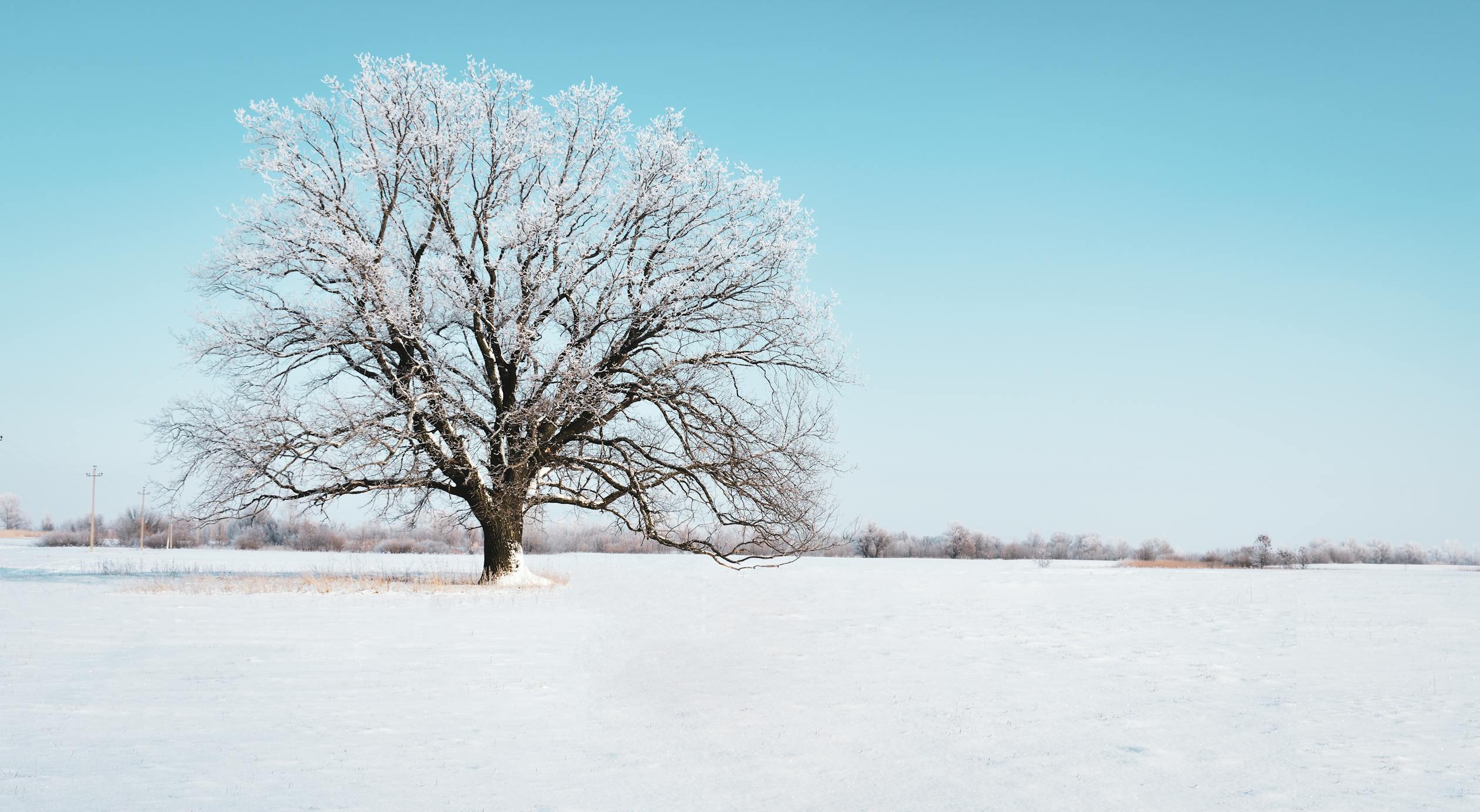Tips for Pinterest-Ready Photography
Creating Pinterest-ready photography is about capturing the essence of your subject in a way that resonates with your audience. Pinterest is a visually-driven platform where stunning images can captivate viewers and drive engagement. Whether you're showcasing a new recipe, a DIY project, or travel adventures, the quality of your photos can significantly impact their reach and appeal.

In this article, we'll explore actionable tips to help you elevate your photography game and create eye-catching images that are perfect for Pinterest.
Understanding the principles of composition, lighting, and editing work together to create a visually appealing image that can capture the viewer's attention. By mastering these techniques and incorporating them into your workflow, you can produce photos that not only look professional but also have the potential to go viral on Pinterest.
Mastering Composition
Composition is the foundation of any great photograph. It involves arranging elements within the frame to create a balanced and aesthetically pleasing image. One essential rule to follow is the Rule of Thirds. This guideline suggests dividing your frame into nine equal parts using two horizontal and two vertical lines. Place key elements along these lines or at their intersections to create a more dynamic composition.
Leading lines are another powerful tool in composition. These are lines within the image that guide the viewer's eye towards the main subject. They can be anything from roads and paths to fences and rivers. Utilizing leading lines can add depth and dimension to your photos.
Additionally, framing your subject can enhance the overall composition. Use natural frames like windows, doorways, or arches to draw attention to your subject. This technique adds context and creates a sense of depth.
Lighting Techniques
Lighting plays a crucial role in photography, as it can dramatically alter the mood and feel of an image. Ambient light is often the best option for creating Pinterest-worthy photos. The golden hour, which occurs shortly after sunrise or before sunset, provides soft, warm light that is ideal for capturing stunning images.
If shooting indoors, position your subject near a window to take advantage of natural light. Use sheer curtains to diffuse harsh sunlight and create a softer look. Reflectors can also help bounce light back onto your subject, reducing shadows and adding more dimension.
For those who prefer artificial lighting, consider using softboxes or ring lights. These tools provide consistent and even lighting that can be adjusted to suit your needs. Experiment with different lighting setups to find what works best for your specific style.
The Importance of Backgrounds
A cluttered or distracting background can detract from the main subject of your photo. Choose backgrounds that complement your subject without overwhelming it. Solid colors or simple patterns work well for product photography, while natural settings are ideal for lifestyle shots.
Consider using backdrops or seamless paper rolls to create a clean and professional look. These can be easily swapped out to match different themes or color schemes.
| Background Type | Best For |
|---|---|
| Solid Colors | Product Photography |
| Natural Settings | Lifestyle Shots |
| Simple Patterns | Fashion Photography |
Edit with Precision
Editing and refining is an essential step in creating Pinterest-ready photos. Tools like Adobe Lightroom and Photoshop offer extensive features for enhancing your images. Start by adjusting basic settings such as exposure, contrast, and white balance to ensure your photo looks its best.
Next, focus on fine-tuning details like sharpness and clarity. Use selective editing techniques to highlight specific areas of the image while keeping other parts subtle. Color grading can also add a unique touch to your photos by creating a cohesive look across your portfolio.
Mobile apps like VSCO and Snapseed are excellent alternatives for on-the-go editing. These apps provide user-friendly interfaces with powerful editing tools that can help you achieve professional results even from your smartphone.
Use Props Wisely
Props can enhance the storytelling aspect of your photos by adding context and interest. Choose props that complement your subject without overpowering it. For example, if you're photographing a coffee setup, include items like coffee beans, mugs, and books to create a cozy atmosphere.
Avoid using too many props, as this can make the photo feel cluttered. Instead, focus on a few key items that enhance the overall composition and tell a story.
If you're unsure about which props to use, consider creating a mood board with inspiration from other photographers or Pinterest itself. This can help you visualize how different elements will work together in your photo.
Consistency is Key
A cohesive aesthetic across your Pinterest profile can make it more appealing to viewers. Consistency in colors, themes, and editing styles helps create a recognizable brand identity.
Create presets in Lightroom or Photoshop that match your preferred style. This allows you to apply consistent edits across all your photos quickly and efficiently.
Additionally, plan your content ahead of time by organizing shoots around specific themes or color palettes. This ensures that each photo aligns with your overall aesthetic vision.
Capturing Pinterest-ready photographs involves mastering various techniques from composition to lighting and post-processing. Understanding these principles and applying them consistently, will allow you to produce images that stand out on this visually-driven platform.